![]()
View and Layout Title
Layout >
New Layout
| Toolbar | Menu |
|---|---|
|
|
View and Layout Title Layout > New Layout |
The Layout command creates a print layout viewport.
A layout viewport represents the sheet of paper that will be sent to a printer or a file such as PDF. Layouts can include various views of the model and annotations like title blocks and notes.
Two types of viewports provide different functions: model viewports and layout viewports.
In model viewports, create your surface or solid model using the appropriate units and precision.
In layout viewports, place one or more details of your model and add information that annotates the printed sheet, such as manufacturing notes, bill of materials, general notes, title blocks, seals, and scale bars.
These viewports are accessible on the tabs at the bottom of the modeling area. The ViewportTabs command turns the tabs on and off.
Layout viewports contain detail viewports. Detail viewport contain a view of the model. Details have their own viewport properties and object properties. The color, width, and other properties of the detail viewport edge including the No Print property are object properties of the detail.
The layout viewport name.
Select the target printer from the list of configured printers.
Select a supported paper size from the list.
Sets the orientation.
Sets the size of the paper as well as the width (x length) and height (y length) of the layout. If the paper size not support by the selected printer, the Printer setting will be disabled.
Units for the paper size.
The number of details to start with.
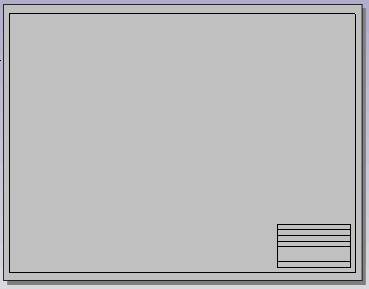
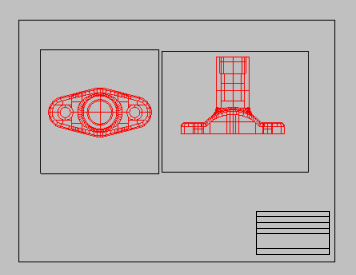

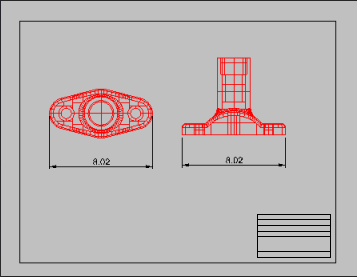
You can make details of any shape using a solid white hatch in the layout.
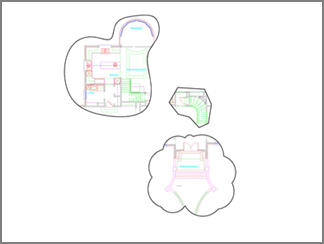
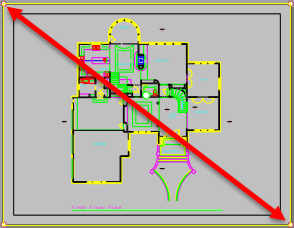


The ImportLayout command imports one or more layouts from a Rhino file into the current Rhino model.
This allows defining standard title block pages in a single file and importing those pages into other Rhino files.
When multiple layouts exist, right-click to check one and clear all the others.
| Toolbar | Menu |
|---|---|
|
|
|
The CopyLayout command copies the active layout to a new layout.
Option-click a layout thumbnail and a plus symbol should appear on the cursor as you drag. This will make a copy of the layout, much like you would copy a file in Finder, or an object in Rhino.
Note: Layouts appear in a separate window from the modeling windows. This window may be hidden behind the modeling window, so you may not see the added layout.| Toolbar | Menu |
|---|---|
|
|
|
The LayoutProperties command opens the Modify Layout dialog box.
| Toolbar | Menu | Viewport control bar |
|---|---|---|
|
|
|
Layouts... |
The ShowLayouts command opens the layout windows. If no layouts exist in the model, the ShowLayouts command opens the Open / Modify Layout dialog box.
Rhino for Mac © 2010-2017 Robert McNeel & Associates. 24-Oct-2017